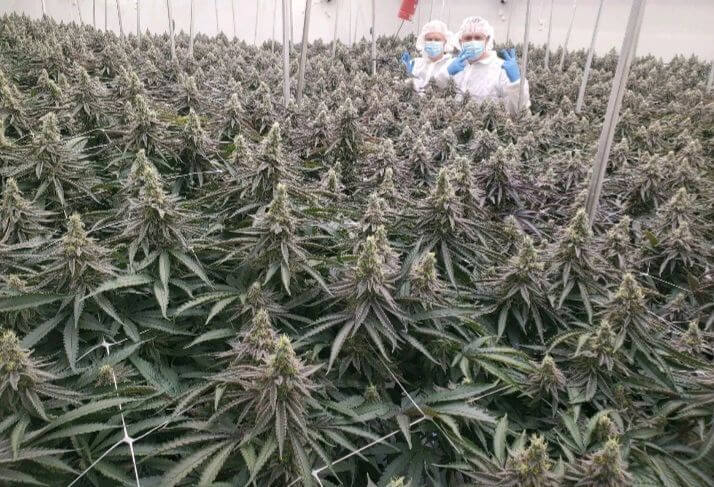Cannabis cultivation has come a long way in recent years, and as the industry continues to evolve, so do the methods used to maximize crop quality and yield. One such method that is gaining recognition among experienced cultivators is the concept of canopy evenness. Canopy evenness refers to the uniformity of the cannabis plant canopy, with all plants receiving equal access to light, nutrients, and space. In this article, we will explore the various benefits of maintaining canopy evenness in cannabis cultivation.
- Improved Light Distribution
One of the primary benefits of canopy evenness is the improved distribution of light. Cannabis plants require a significant amount of light to grow and produce high-quality buds. In an uneven canopy, some plants receive more light than others, leading to variations in growth rates and bud development. By ensuring that all plants receive an equal amount of light, canopy evenness maximizes photosynthesis and promotes more uniform growth. - Enhanced Yield
Cannabis growers are often focused on maximizing yield, and canopy evenness can significantly contribute to this goal. When every plant in the canopy receives the same amount of light and nutrients, it is more likely that each plant will reach its full potential. This results in a higher overall yield of top-quality buds, which can be a significant advantage for commercial cultivators. - Consistent Quality
Quality is a top priority for cannabis enthusiasts and consumers. Uneven canopies can lead to variations in the quality of the final product. Some plants may produce larger, denser buds, while others may yield smaller, less potent flowers. Canopy evenness helps maintain consistent quality across the entire crop, ensuring that every bud meets the same high standards. - Better Pest and Disease Management
Pests and diseases can wreak havoc in a cannabis cultivation operation. An uneven canopy can create microclimates that favor the development of pests and diseases in certain areas. By maintaining a uniform canopy, growers can improve their ability to monitor and manage potential threats, resulting in healthier plants and reduced reliance on pesticides. - Easier Maintenance
Cultivating cannabis is a labor-intensive process, and an even canopy can make the task of maintenance more straightforward. When plants are of similar size and structure, it is easier to perform tasks such as pruning, training, and harvesting. This can save time and labor costs for cultivators, making their operations more efficient. - Optimal Nutrient Distribution
In an uneven canopy, it can be challenging to provide nutrients evenly to all plants. Some plants may receive excess nutrients, leading to nutrient burn, while others may be nutrient-deficient. Canopy evenness ensures that nutrients are distributed uniformly, preventing nutrient-related issues and promoting healthy growth. - Improved Air Circulation
Good airflow is essential for preventing mold and mildew in cannabis cultivation. An even canopy allows for better air circulation between plants, reducing the likelihood of moisture buildup and the subsequent development of harmful pathogens.
Canopy evenness is a practice that should not be underestimated in cannabis cultivation. It offers a wide range of benefits, from enhanced light distribution and increased yield to consistent quality and easier maintenance. As the cannabis industry continues to expand, cultivators are recognizing the importance of canopy evenness in achieving the best possible results. Whether you are a commercial grower or a home cultivator, maintaining a uniform canopy should be a fundamental part of your cultivation strategy, leading to healthier, more productive, and higher-quality cannabis plants.

Snapshot features CEO – David Brough and CFO – Drew Shaw of Klonetics Plant Science Inc., in an investigation and hands-on assessment in the field of canopy analysis.
